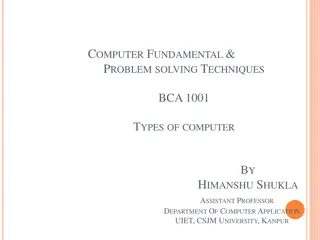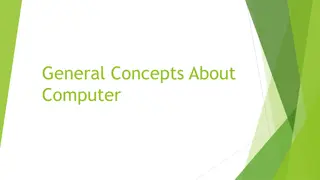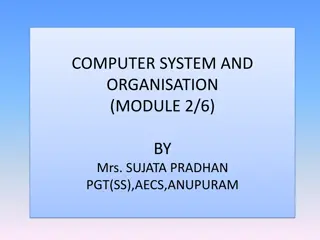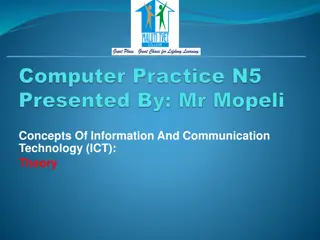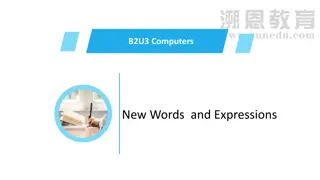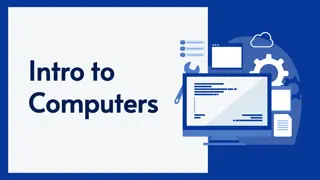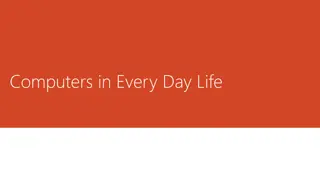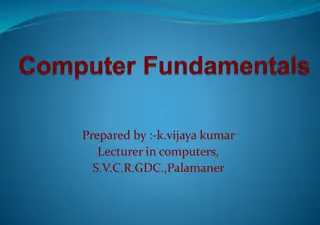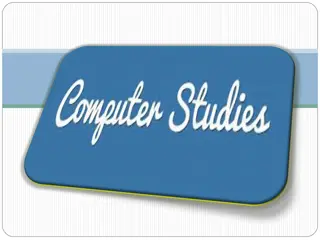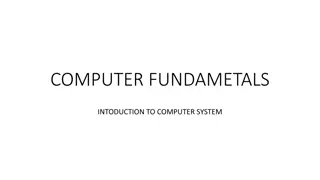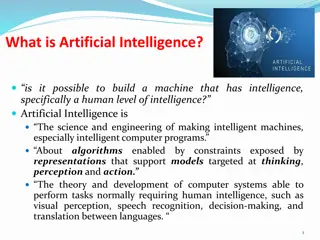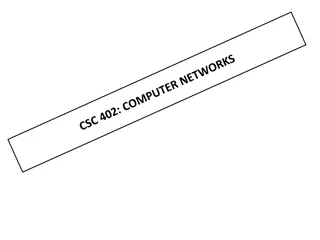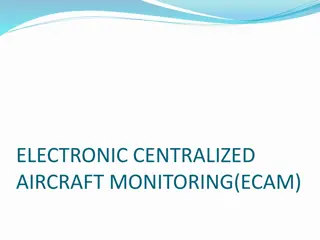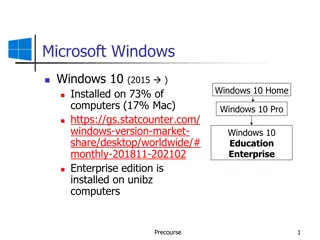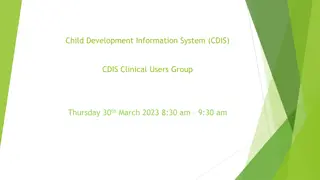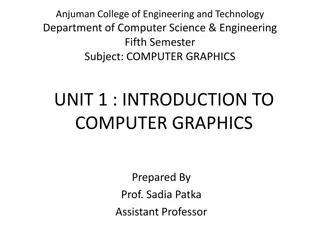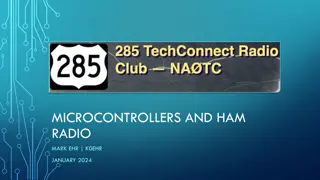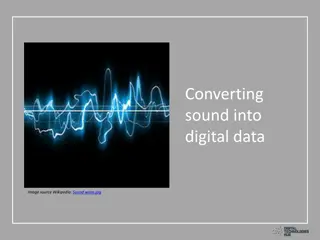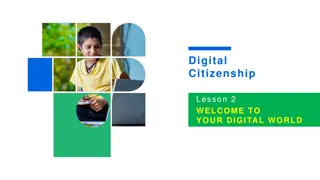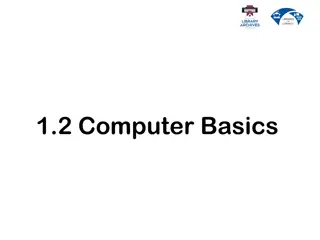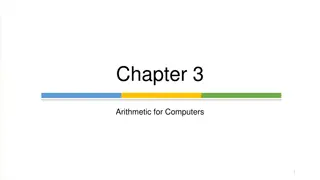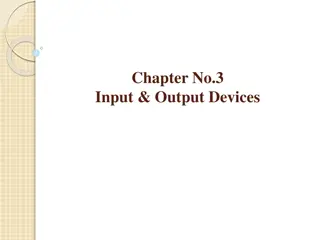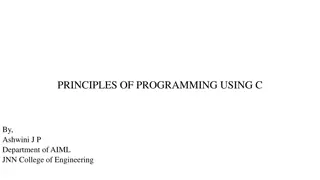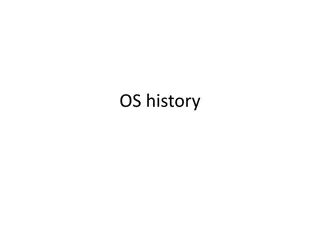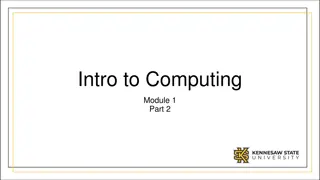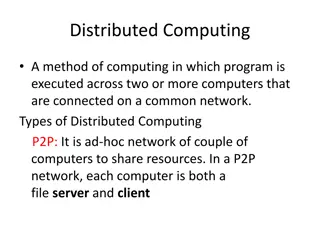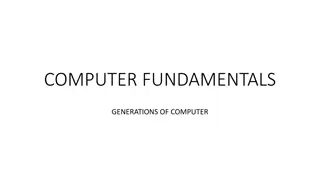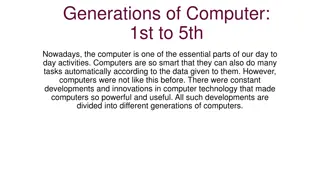Understanding Different Types of Computers
Explore the classifications of computers based on functionality, size, speed, and cost. Learn about analog, digital, and hybrid computers, their characteristics, and examples. Understand the distinct features and uses of each type in the world of computing.
Download Presentation

Please find below an Image/Link to download the presentation.
The content on the website is provided AS IS for your information and personal use only. It may not be sold, licensed, or shared on other websites without obtaining consent from the author. Download presentation by click this link. If you encounter any issues during the download, it is possible that the publisher has removed the file from their server.
E N D
Presentation Transcript
PRESENTATION ON TYPESOF COMPUTER
Computer can be classified it to following defined below basis On the basis of functionality. On the basis of Size, Speed and Cost.
On The Basis of Functionality According to functionality computer can be divided in to three types: 1. Analog 2.Digital 3.Hybrid
Analog Computer An analog (spelled analogue in British English) computer is a form of computer that uses the continuously- changeable aspects of physical fact such as electrical, mechanical, or hydraulic quantities to model the problem being solved. Analog means continuity of associated quantity just like an analog clock measures time by means of the distance travelled by the hand of the clock around a dial. Example: Thermometer, Analog clock, Speedometer, Tire pressure Gauge.
Characteristics of Analog Computers The Speed of analog computer is fast These computers are not reliable These computers became the base for digital computers These computers are difficult to operate and use These computers are easy to develop These computers have small memory
Digital Computer Acomputer that performs calculations and logical operations with quantities represented as digits, usually in the binary number system of 0 and 1 . Computer capable of solving problems by processing information expressed in discrete form. By manipulating combinations of binary digits ( 0 , 1 ), it can perform mathematical calculations, organize and analyze data, control industrial and other processes, and simulate dynamic systems such as global weather patterns. EXAMPLES: IBM PC Apple Macintosh Calculators Digital watches etc
Characteristics of Digital Computer These computers are easy to use. Human being like to use digital computers. These computers are reliable. Digital computers have big memory. Working speed of digital computers is slower as compared to analog computers. These computers are further divided into different categories such as personal computers, Mainframe computers and super computers.
Hybrid Computer A hybrid computer is a combination of computers that are capable of inputting and outputting in both digital and analog signals. Traditionally, the analog components of the computer handle complex mathematical computations. The digital components take care of logical and numerical operations in addition to serving as the controller for the system. Hybrid computers for example are used for scientific calculations, in defence and radar systems. Example: Notebook, Laptop etc.
Characteristics of Hybrid Computers These computers are reliable and provide accurate result. These computers are fast and speedy. These computers are easy to move These computers are cheaper
Computer (on the basis of size, speed and performance) Main-Frame Computer Micro Computer Super Computer Mini Computer


